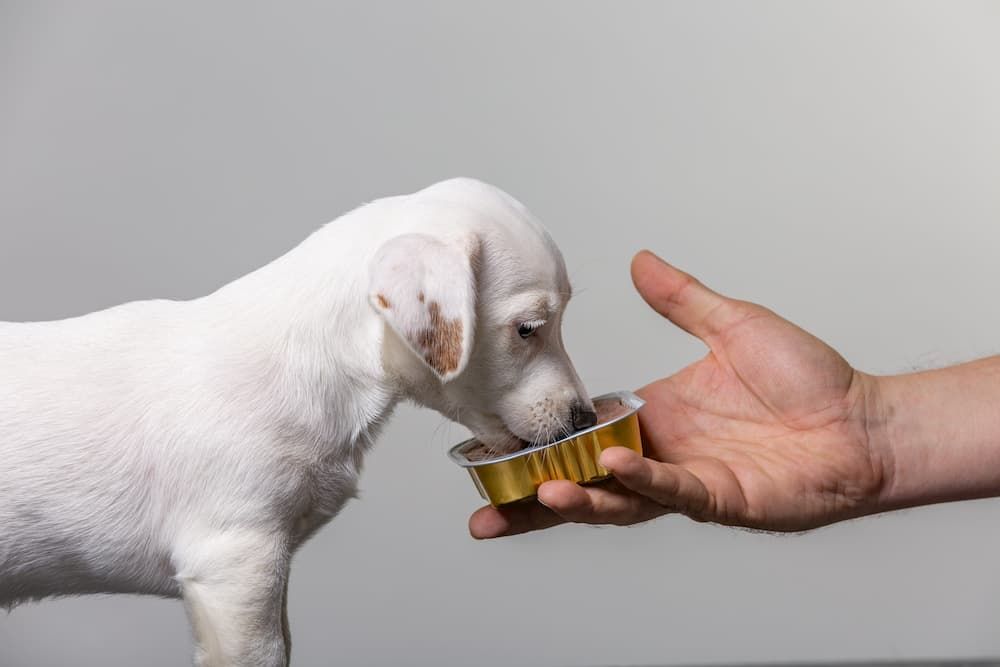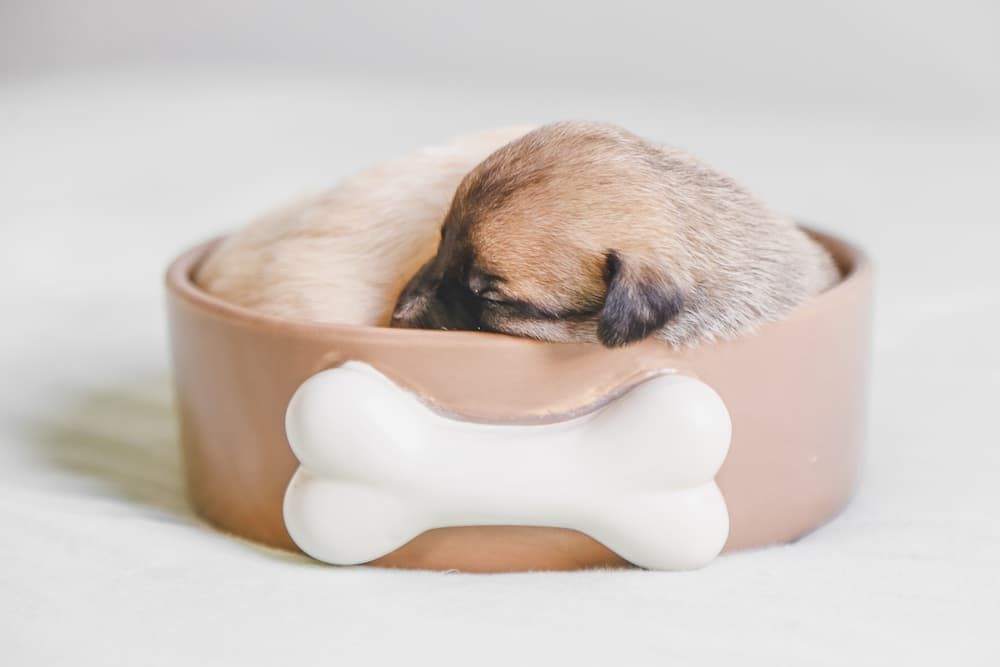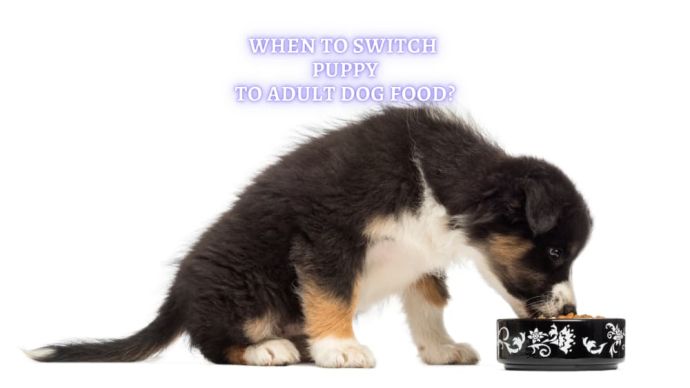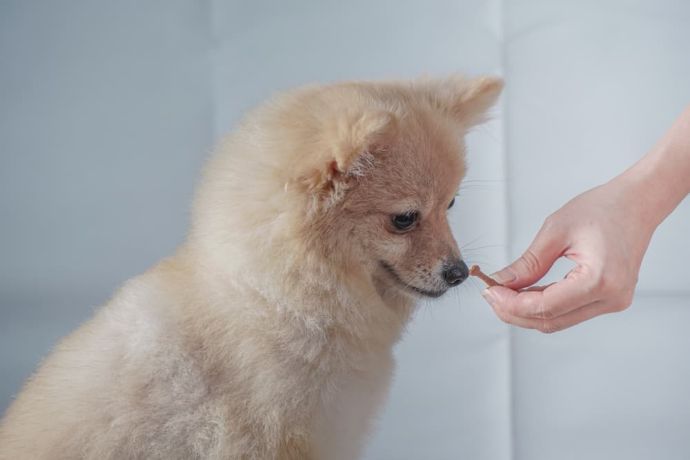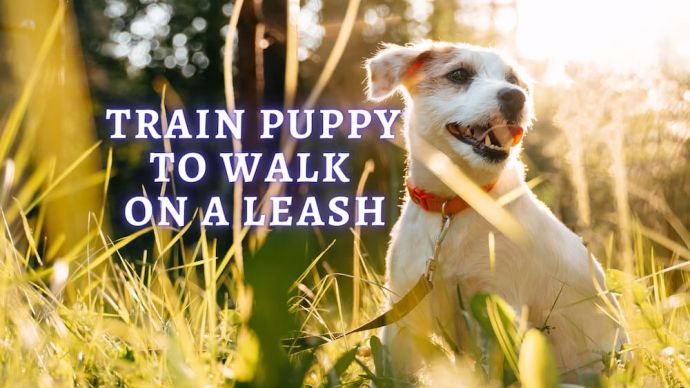How Much to Feed a Puppy: What You Should Know
Written by:
Author: Jane Leonhardt
Jane in a professionally trained writer and editor and pet owner for 15+ years of animals including reptiles, cats, dogs, birds and rodents.
View all 7 articlesLearn about our editorial process and veterinary review board.
Viewed: 280
Updated on: 02/23/2021
Bringing home a new puppy can be the most exciting experience! So much planning goes into who you’re taking home from their new bedding, toys, leash, and collar. However, the essential thing you’ll bring home (besides your new furry friend) is their food.
Figuring out the best food for your puppy can undoubtedly be overwhelming. When you go to any pet store or even some department stores, there are aisles and aisles of all different kinds of dog foods. How could you ever choose?
Luckily, some brands are super helpful and put “puppy” right on the bag. However, others are labeled as suitable for “all stages.” Which one will be best for you?
Whatever kind of food you choose for your new puppy, there are still specific guidelines that you need to follow. Like young human children, puppies need particular nutrients and vitamins to help them grow into healthy dogs.
Essential Nutrients
Young dogs need more nutrients than older dogs do. Fatty acids like DHA (docosahexaenoic acid), which are found in fish oil, help improve young dogs’ learning and memory. A healthy mind will be critical when training your puppy!
Puppies also need higher levels of proteins, fats, calcium, and phosphorus than older dogs. If you stick to a “puppy” formulated food, you’re sure to get higher levels of what your puppy needs to eat.
How much to feed a Puppy by Weight?
Feeding your dog by puppy weight will really depend on the breed of dog that you have. The best way to get the perfect amount and type of food is to talk to a veterinarian. In the meantime, though, this guide will be super helpful.
First, you’ll need to know how many calories your puppy’s food contains per serving. Based on your puppy’s estimated adult weight, you’ll have a better idea of how much food to feed your puppy. For example, if your grown-up dog weighs in at 40 pounds, you should expect to provide 1,013 calories per day of dry food.
It would help if you never trusted the generic feeding chart on your bag of dog food. Just like with humans, diets are not “one size fits all.”
READ MORE: TOP Rated Dry Dog Food
Large breeds
It is essential to take special considerations for large-breed dogs as they often develop bone or joint problems due to their large size. There are puppy foods specially formulated for large breeds dogs that you might want to consider using. Either way, large breed dogs need a slow and sustained caloric intake. Their diets shouldn’t start off too heavy or grow too quickly.
Large breed dogs will also need food with a sustained amount of calcium to protect their large bones. Too much calcium, though, can make bones brittle! “Large breed” dog foods typically have the correct amounts of nutrients needed.
Small breeds
Smaller breed dogs are also prone to joint problems, especially pudgy ones like pugs. Small breeds dogs like these will need a lower caloric intake that is just as slow-changing as sustained as a large breed dog’s diet.
READ MORE: How to Take Care of a Puppy
How often to Feed a Puppy?
Puppies will need a higher caloric intake than adult dogs. They should be either eating more food, more often or food that is more densely nutritious.
- When your puppy is under three months but weaned from its mother, you can put out their puppy food to graze throughout the day. Young pups are usually pretty good at regulating their eating habits. However, some puppies might be especially ravenous. If your puppy eats all of the food you put out quickly, ration their feeding to four times a day, sticking to their minimum daily caloric intake for their estimated adult size.
- Around six months old, you can start feeding your puppy twice a day. During these months, you’ll want to keep a close eye on their weight. Puppies grow quickly between 4-6 months and they can become overweight if not watched closely. If you fear your puppy is becoming overweight, dial back their caloric intake, and discuss it with your vet.
- Between six months and a year, you can continue feeding your puppy twice a day at the same time of day. Having your dog on a set schedule is important for their training and control. Small breeds may be full-grown by the time they’re a year old so their feeding will plateau into their ideal feeding schedule for their adult stage. At this time, you can feed your small dog “adult stage” food.
However, larger breeds will decrease caloric intake as they don’t need as much energy for development, but they will not hit their adult stage plateau just yet. They should be on a “large breed” dog food diet but still suitable for puppies.
Important things to remember
When getting your puppy on a healthy feeding schedule, there are a few things that you should remember, so they grow into healthy dogs:
- Leave plenty of water out. You might even want to mix their dry food with water to give them extra hydration.
- Never feed table scraps. Feeding your dog human food will not only lead to behavioral problems, but you never know how their body is going to react to food that is not formulated just for them.
- Use a feeding schedule and stick to it. You’ll find that dogs behave the best when they have rigid schedules that their owners follow every day. Feeding at the same time in the same place is important to your dog’s mental health.
READ MORE: Best Food for Puppies
If you have any questions or worry that your dog is underweight, overweight or not eating, consult with your veterinarian. There may be underlying issues that you won’t know about until you do! Make every effort you can to keep your puppy happy and healthy to live the longest life possible.
 Puppy Care How to Discipline a Puppy? Strategies to Teach Your Puppy Proper Behavior
Puppy Care How to Discipline a Puppy? Strategies to Teach Your Puppy Proper Behavior - 158
- 0
 Dog Veterinary Tips Why is my Dog throwing up: Causes and Preventing (Veterinary Advice)
Dog Veterinary Tips Why is my Dog throwing up: Causes and Preventing (Veterinary Advice) - 21800
- 5
 Dog Care My Dog Keeps Scratching His Mouth: Reasons Why Your Dog Scratching Face
Dog Care My Dog Keeps Scratching His Mouth: Reasons Why Your Dog Scratching Face - 17168
- 1
 Dog Care Why Is My Dog Bleeding From Its Butt? Causes and treatment of rectal bleeding in the dog
Dog Care Why Is My Dog Bleeding From Its Butt? Causes and treatment of rectal bleeding in the dog - 15112
- 0









